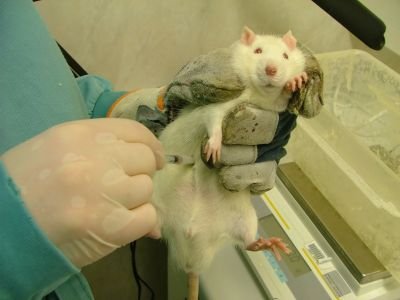
The study has been published in The Journal of Biological Chemistry
Singapore: A research team led by Dr C K James Shen, a research fellow at the Institute of Molecular Biology, Taiwan, has discovered that TAR DNA binding protein 43 (TDP-43) is a likely cause of the development of the motor neuron disease amyotrophic lateral sclerosis (ALS), also known as Lou Gehrig's disease.
Using a mouse model, first author Ms Lien-Szu Wu and colleagues showed that mice with inactivation of the Tardbp gene (the gene that encodes TDP-43 protein) in spinal cord motor neurons exhibited progressive and male-dominant development of ALS-related abnormalities, including spine curvature (kyphosis), motor dysfunctions, muscle weakness or atrophy, and motor neuron loss. The study was published in The Journal of Biological Chemistry on June 20, 2012.
Amyotrophic lateral sclerosis, the most common motor neuron disease, is a progressive, adult-onset degenerative disorder of motor neurons in the primary motor cortex, corticospinal tracts, brainstem and spinal cord, leading to paralysis of the voluntary muscles. Currently, the incidence of ALS is one-to-two per 100,000 worldwide each year and its prevalence is fourto-to-six per 100,000 of the total population, with a lifetime ALS risk of one in 400 to one in 1,000. Most incidences of ALS are sporadic (sALS) but approximately 10 percent of patients have a family history (fALS) of the disease. Mutations in the Tardbp gene have been identified in about four percent of fALS and less than one percent of sALS.
Interestingly, the TDP-43 protein is the major component of the ubiquitinated inclusions (UBIs) in the diseased cells of 80 percent of ALS patients. TDP-43 has been implicated in a number of cellular activities (such as transcriptional repression and alternative splicing). However, the physiological functions of TDP-43 in normal individuals and whether it causes neurotoxicity through gain-of-function or a loss-of-function in ALS are largely unknown. Currently, there is no effective cure for ALS, thus suitable mouse models are urgently needed to further understand ALS and the development of drugs for ALS. The characteristics of this ALS mouse model also provide the foundation for design of other ALS mouse model(s).
The study establishes an important role of TDP-43 in the long-term survival and functioning of the mammalian spinal cord motor neurons, and also establishes that loss of TDP-43 function could be one major cause of neurodegeneration in ALS with TDP-43 involvement. This research was supported by the Frontiers of Science Award from the National Science Council and Academia Sinica.




